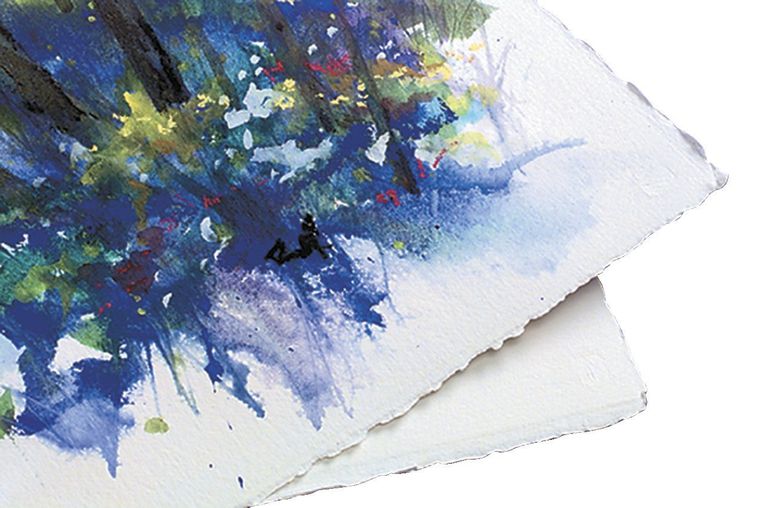How to Make a Crochet Napkin Holder
Napkin holders are very simple. The models can be round, like a ring, or square in the size of the paper handkerchief. The round shape is more suitable for fabric napkins, making them more elegant on tables
Craft crochet as this can be done in different colors and shapes, and that allows you to unleash your creativity when it comes to doing your work.
Choice of thread and needle
Use the thread and needle in the appropriate sizes for your piece, this influences the size and finish of the piece. Therefore, the needle needs to be in accordance with the thickness of the thread.
Materials needed to make a napkin holder:
Crochet thread
Crochet needle
Hearts napkin holder
Like all other types of napkin holders, there are several styles and designs that use the heart as the main design.
Heart pieces are sweet and very affectionate, and conveying love.
Start with 8 chains + double crochet in the fourth chain counting from the needle + double crochet in the same base point + 2 chains and 1 crochet in the same space.
Follow with + 2 little chains and in the same space do + 2 double high points + 1 very low point in the last base point.
Still in the same space where you have double high points make 3 high points + 1 chain and in the middle of that same base point make 1 double high point.
Finish with 1 chain + 3 high points and already visualize the heart. In the third chain, finish off with a very low stitch.
After the completion of the first heart, continue the next one, starting with eight more chains. For all hearts follow the same step by step.
The cool thing is that you don’t need to cut the thread, your napkin holder is seamless.
Crochet napkin holder with ring
The crochet round napkin holder can be made without or with rings (pieces made of different materials such as plastic, silicone, or wood).
With the use of the ring, the piece becomes firmer and with an exact diameter, becoming a little easier to make. Some people cover the ring with the thread used in crochet, others prefer to leave the accessories visible.
Crochet flower for napkin holder
The decoration with flowers on the napkin holder is fundamental, especially if you are in doubt and don’t want to make a mistake in your choice.
Flowers are beautiful, charming, and delicate, but with a thicker thread, they can acquire more pleasing texture, so they end up serving different styles.
The flower design can be formed in many ways, for example, from making crochet petals around a ring. Another possibility is to make the big flower on the top of your napkin holder.
The flowers can be colored, monochromatic, or in gradient, the options are all wonderful.
Crochet napkin holder with pearl
Pearls are pieces that enchant naturally. They are details that can make the napkin holder even more beautiful.
Avoid placing too many pearls in a crochet piece that is already very elaborate, pearls usually compose simple pieces to cause a harmonic and prominent effect.
They can come in pieces with straight or slightly winding rows, as well as in the center of flowers or as a decoration of bundles to open and close the napkin holder.
Crochet napkin holder for wedding
For the wedding, crochet napkin holders bring a delicate and sophisticated option. The floral models are classic, as well as the use of pearls that are traditional elements of the occasion.
Merging materials is also a way to personalize the napkin holder and make it more creative and different. In addition to lace, other materials such as rings and cords create incredible and simple details.
It is very common to keep the color of the napkin holder according to the decoration of the events, so at weddings, white and neutral colors are preferred.
This does not mean that the napkin holder with two colors or bright colors cannot be used, it just needs to be in accordance with the style of the party.
Now it’s time for you to choose your favorite model.


 March 4, 2021
March 4, 2021 
 It’s not uncommon for people to feel daunted and confused by the sheer volume of paper choices whenever they walk into an art shop. Perhaps the last time you walked into one you got flustered and decided to walk out. When it comes to watercolor painting, it’s important to choose the right quality paper as it is the foundation of your artwork. Choosing the right watercolor paper for your painting work doesn’t have to be as daunting and confusing as it seems to be.
It’s not uncommon for people to feel daunted and confused by the sheer volume of paper choices whenever they walk into an art shop. Perhaps the last time you walked into one you got flustered and decided to walk out. When it comes to watercolor painting, it’s important to choose the right quality paper as it is the foundation of your artwork. Choosing the right watercolor paper for your painting work doesn’t have to be as daunting and confusing as it seems to be.